Why You Should Ditch The Grass And Grow A Prairie Lawn
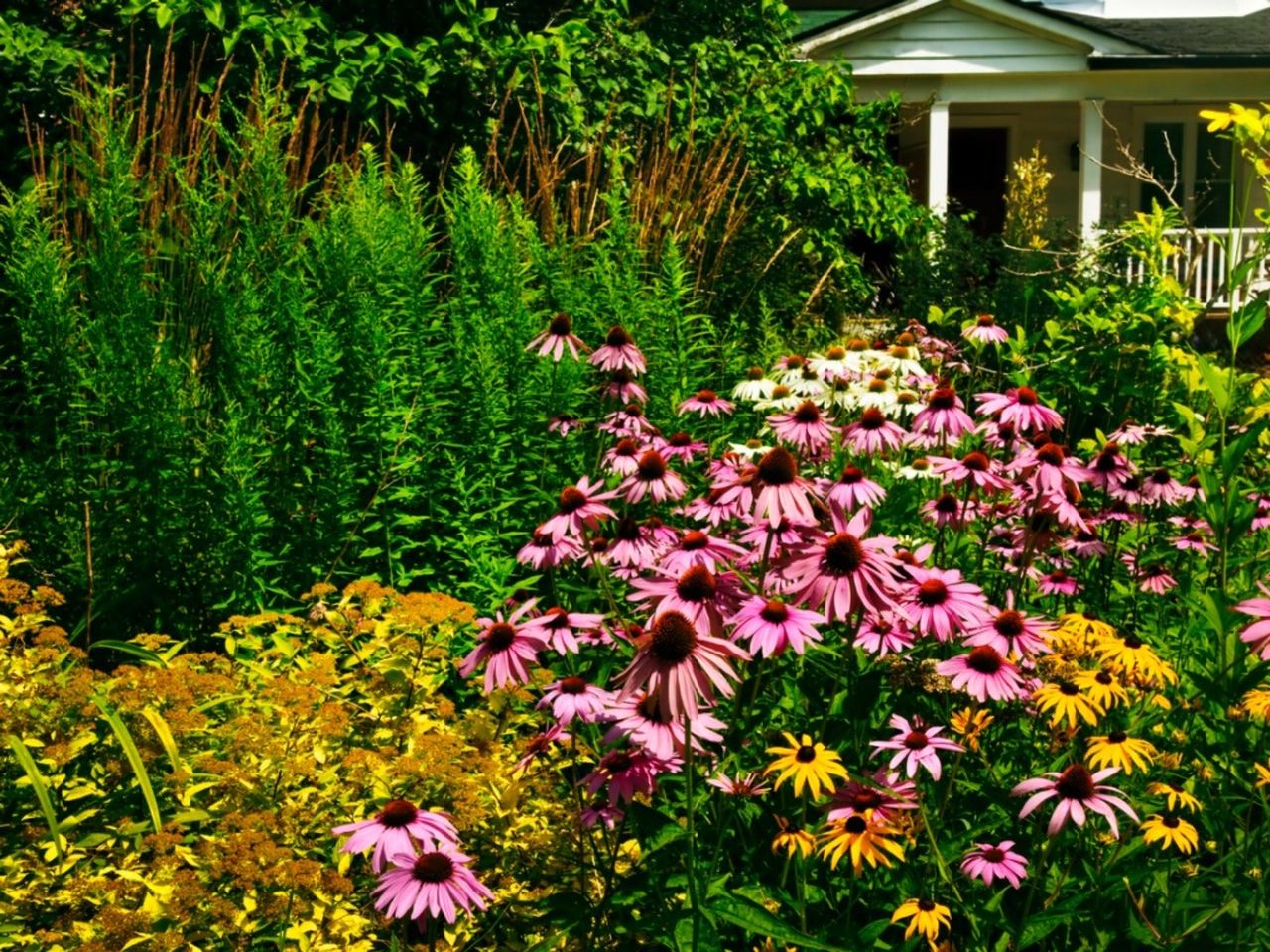

Lawn alternatives are increasingly popular with homeowners. They support native wildlife and are more cost-effective than standard turf grass. Prairies, one option for a lawn alternative, were once native across most of central North America. Gardeners in this region can benefit from restoring some of their yards to native prairie.
Why Choose a Lawn Alternative?
A micro prairie yard is just one way to create an alternative to a traditional turf grass lawn. But why should you replace your lawn? Turf lawns are fairly sterile environments with little to offer native wildlife. They do not provide food sources, shelter, or nectar for pollinators.
Grass lawns that replace native ecosystems ultimately harm native species, including plants, animals, insects, and crucial pollinators.
The main benefit of a lawn alternative is that it supports the natural environment and all the critters living in it. There are also benefits to the gardener and homeowner: lower maintenance needs and lower costs.
What is a Prairie?
A prairie is an ecosystem dominated by wild, native grasses. The plants in a prairie are herbaceous rather than woody. In other words, there are few or no trees or shrubs. Prairies have rich soils, limited rainfall, cold winters, and hot summers.
Meadow is a term often used interchangeably with prairie, but this isn’t accurate. Prairie is a term for a specific North American ecosystem. A major difference between a meadow and prairie is that meadows have more flowers, while prairies have more grasses.
Where Are Prairies Native?
It’s best to choose a lawn alternative that suits your region and natural environment. A prairie front yard or back yard is a good option for gardens in the native range of this kind of ecosystem, which includes the plains states and parts of the Midwest. There are three types of American prairies:
Gardening tips, videos, info and more delivered right to your inbox!
Sign up for the Gardening Know How newsletter today and receive a free copy of our e-book "How to Grow Delicious Tomatoes".
- Shortgrass. Shortgrass prairies dominate the western part of the prairie range. This includes eastern Montana, Wyoming, Colorado, and New Mexico.
- Mid- or Mixed-Grass. Mid-grass prairies are typical in most of the Dakotas, Nebraska, Kansas, Oklahoma, and northern Texas.
- Tallgrass. Taller prairie grasses grow in western Minnesota, Iowa, and Missouri, and parts of Wisconsin, Illinois, Indiana, and Michigan.
How to Convert Lawn to Prairie
Creating a prairie isn’t easy, but the payoffs are potentially big. A prairie requires little maintenance and no use of pesticides or other chemicals. After the first year, maintenance costs for a converted yard drop from hundreds to tens of dollars.
You don’t have to convert your entire yard to reap many of the benefits of a prairie lawn. Choose one site on your property that has plenty of sunlight and few or no trees. It’s also a good idea to get a soil test, so you can amend it if necessary and choose appropriate plants for the site.
It will be easier to convert a spot that doesn’t have a lot of invasive or weedy plants. Those will need to be cleared. Depending on how much vegetation there is, you might need a professional to clear it. To clear vegetation for a prairie, you can use pesticides. Another option is to cover the area with a dark sheet for a couple of months. Once the area is clear, till the soil very well, to a depth of about 12 inches (30.5 cm).
The fun part comes next: choosing plants. Choose native grasses and flowers. Your local extension office can help if you aren’t sure which are best. Once you know what to plant, you can sow seeds or put in transplants. Seeding is less expensive but takes longer to establish. Choose at least one fast-growing grass to help crowd out any weeds as the rest of your plants get established. The best time to sow seeds for prairie grasses is late spring and early summer.
You might need to provide some water and mulch to cover seeds initially, but once established, a prairie requires little care. You might also need to pull unwanted weeds in the first couple of years. Long-term care of a prairie does require regular burning, but you can find professionals to handle this job.
A prairie lawn requires an initial investment of time and money, but once it gets going, you’ll enjoy the benefits of a native, natural lawn.
Note: Any recommendations pertaining to the use of chemicals are for informational purposes only. Chemical control should only be used as a last resort, as organic approaches are safer and more environmentally friendly.

Mary Ellen Ellis has been gardening for over 20 years. With degrees in Chemistry and Biology, Mary Ellen's specialties are flowers, native plants, and herbs.
-
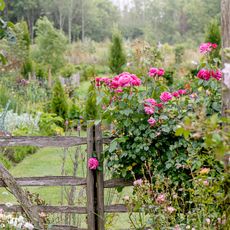 New Ways To Use Classic Garden Plants – For A Modern Landscape With A Touch Of Nostalgia
New Ways To Use Classic Garden Plants – For A Modern Landscape With A Touch Of NostalgiaThe 'Nostalgia Gardening' trend uses classic garden plants in new ways to add interest to your landscape and harken back to gardens of the past. Old is new again!
By Mary Ellen Ellis
-
 New England April Garden Checklist: What Flowers, Shrubs, Veggies & Herbs To Plant Now
New England April Garden Checklist: What Flowers, Shrubs, Veggies & Herbs To Plant NowLearn what crops and ornamentals to plant in April for a thriving garden in Connecticut, Maine, Massachusetts, New Hampshire, Rhode Island, or Vermont.
By Ellen Wells
-
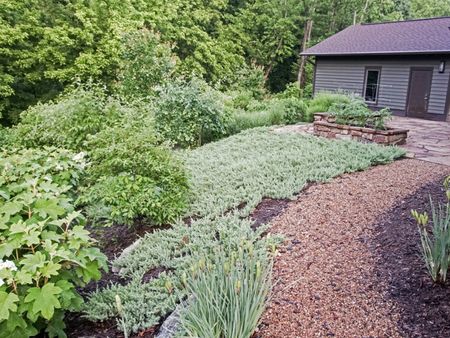 Grass Alternatives For Shade: Lawn Substitutes For Shade Yards
Grass Alternatives For Shade: Lawn Substitutes For Shade YardsMany people know the struggle of trying to grow grass in a shady yard. If you're one of these people, consider a shady lawn alternative.
By Mary Ellen Ellis
-
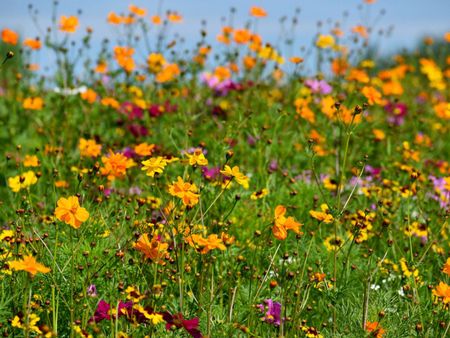 Wildlife Garden Turf: Creating Mini Meadows For Wildlife
Wildlife Garden Turf: Creating Mini Meadows For WildlifeThe appeal of a perfect, green lawn is strong, but more people are turning to wildlife-friendly alternatives. A wildflower meadow lawn is one option.
By Mary Ellen Ellis
-
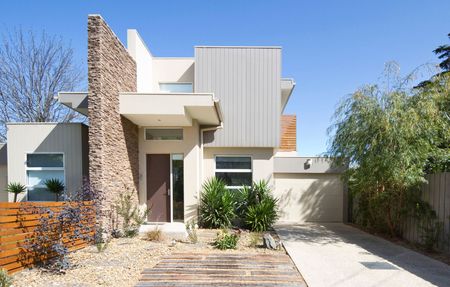 What Is Naturescaping – Tips For Planting A Native Lawn
What Is Naturescaping – Tips For Planting A Native LawnGrowing native plants instead of lawns can be better for the local environment and, ultimately, requires less maintenance, but it does require a big initial effort. A lot of work goes into removing existing turf and naturescaping an entirely new landscape. Learn more here.
By Mary Ellen Ellis
-
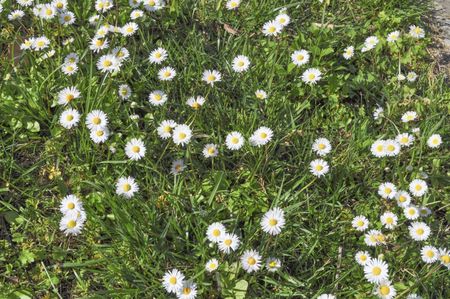 Wildflower Lawns: Tips On Growing Flowering Lawns
Wildflower Lawns: Tips On Growing Flowering LawnsMany people are looking for lawn alternatives to reduce watering, fertilizing, and mowing. Wildflower lawns are one option. This article has more information.
By Teo Spengler
-
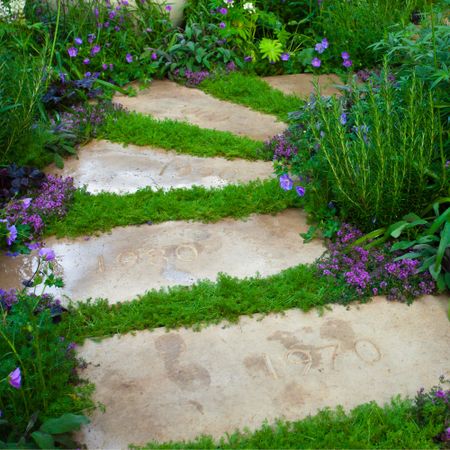 Best Steppable Plants: Learn About Plants That Can Be Walked On
Best Steppable Plants: Learn About Plants That Can Be Walked OnWhat are walkable plants? They're plants that can safely be walked on. Walkable plants are often used as lawn replacements because they are tough, drought-tolerant, and require very little maintenance. Learn more about them in this article.
By Mary H. Dyer
-
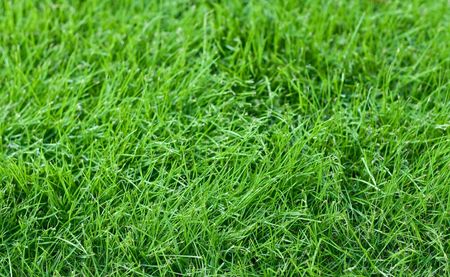 What Is A No-Mow Lawn: Tips For Creating A No-Mow Lawn
What Is A No-Mow Lawn: Tips For Creating A No-Mow LawnOne of the chores that the homeowner must do is mow the lawn. This tedious task helps form a healthy and beautiful turf but is time consuming. A perfect solution is a no mow lawn. What is a no mow lawn? Find out in this article.
By Bonnie L. Grant
-
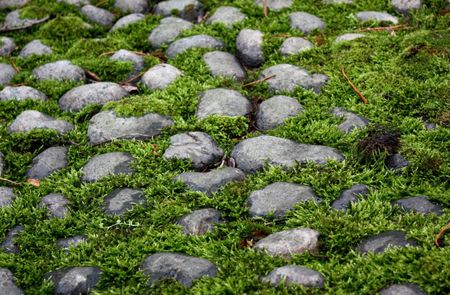 Alternatives To Grass: Learn About Lawn Alternatives In Cold Climates
Alternatives To Grass: Learn About Lawn Alternatives In Cold ClimatesGround covers and other lawn alternatives in cold climates are easier to care for and more environmentally friendly than traditional lawns. Read on to find out about cold area grass alternatives that are easy on your budget and your time.
By Jackie Carroll
-
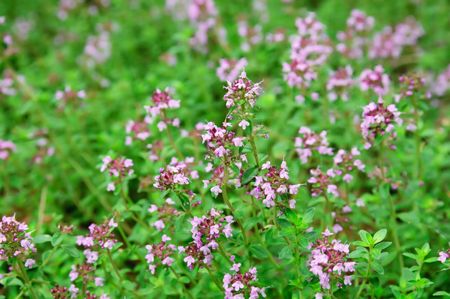 Lawn Alternative Plants For The South: Alternative Lawn Ideas In Warm Climates
Lawn Alternative Plants For The South: Alternative Lawn Ideas In Warm ClimatesAre you tired of all the work that goes into maintaining a nice lawn? And what about those hot climates? No one enjoys having to manage lawns when it's hot and sticky. Check out some of the warm area grass alternatives in this article.
By Jackie Carroll